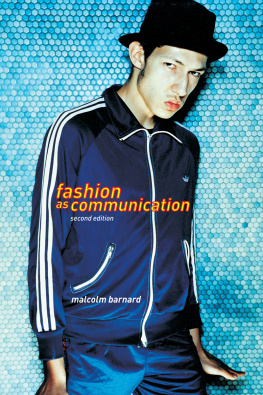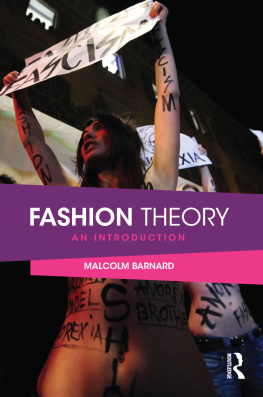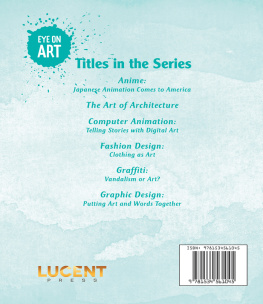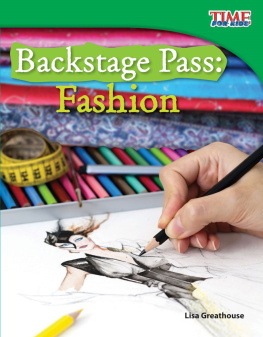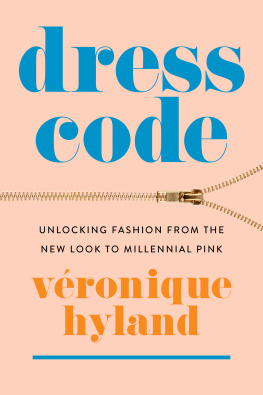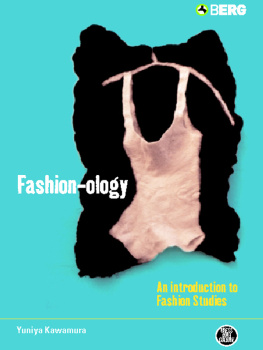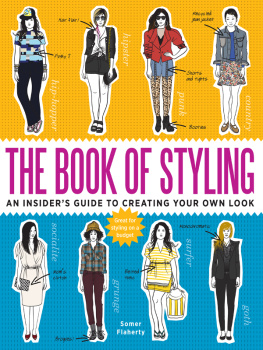
FASHION AS COMMUNICATION
one of the best compact intros to this fascinating topic i-D magazine
What kinds of things do fashion and clothing say about us? What does it mean to wear Gap or Gaultier, Millet or Moschino? Are there any real differences between Hip-Hop styles and Punk anti-styles? In this fully revised and updated edition, Malcolm Barnard introduces fashion and clothing as ways of communicating and challenging class, gender, sexual and social identities.
Drawing on a range of theoretical approaches from Barthes and Baudrillard to Marxist, psychoanalytic and feminist theories, Barnard addresses the ambivalent status of fashion in contemporary culture. He looks at the producers, consumers and critics of fashion, exploring the tensions between haute couture and high culture, and asking how meanings are generated, and by whom.
Examining concepts such as culture, meaning, class, gender, reproduction and resistance, Barnard demonstrates that fashion is not an innocent form of communication, and uncovers the ways in which clothing can be used both to create and critique identities. The new edition features six new illustrations, a glossary of key terms and suggestions for further reading and research.
FASHION AS COMMUNICATION
Second Edition
Malcolm Barnard

First edition published 1996
by Routledge
2 Park Square, Milton Park, Abingdon, Oxon, OX14 4RN
Simultaneously published in the USA and Canada
by Routledge
711 Third Ave, New York NY 10017
This second edition first published 2002
Routledge is an imprint of the Taylor & Francis Group
1996, 2002 Malcolm Barnard
Typeset in Times Ten by RefineCatch Limited, Bungay, Suffolk
All rights reserved. No part of this book may be reprinted or reproduced or utilised in any form or by any electronic, mechanical, or other means, now known or hereafter invented, including photocopying and recording, or in any information storage or retrieval system, without permission in writing from the publishers.
British Library Cataloguing in Publication Data
A catalogue record for this book is available from the British Library
Library of Congress Cataloging in Publication Data
A catalogue record for this book has been requested
ISBN 978015260176 (Hbk)
ISBN 978015260183 (Pbk)
CONTENTS
FASHION, CLOTHING AND POSTMODERNITY
spoof Tommy Hilfiger ad Follow the Flock 2001
Queen Elizabeth IIs coronation gown 1953, photo courtesy Hulton Deutsch
Christian Diors tulip line dance dress 1953, photo courtesy Victoria and Albert Museum
The Guardian newspaper article by Stephen Bates, 20 October 2000. Copyright The Guardian
Punks and policemen, early 1980s, photo courtesy Hulton Deutsch
Vivienne Westwood Fig Leaf body stocking from 1989 Voyage to Cythera collection, courtesy of Vivienne Westwood
Christian Diors New Look 1947, photo courtesy Victoria and Albert Museum
Norfolk jacket 1905, courtesy Hulton Deutsch
Syntagm/paradigm diagram
Tattersall check shirt 2001, courtesy of Morrison McConnell and Coats plc
Bayeux Tapestry eleventh/twelfth century, photo courtesy Hulton Deutsch
Harrow schoolboys, photo courtesy Hulton Deutsch
Jeans 1950s, photo courtesy Hulton Deutsch
Snoop Dogg in cuffs 1990s
Courtney Love, Kinderwhore look 1990s
Principles advertisement 1994, photo courtesy Principles/Burton Group
Royal Worcester corset advertisement nineteenth century, photo courtesy Hulton Deutsch
Stiletto heels 1960, photo courtesy Hulton Deutsch
Most of the words in this book were written in the autumn semesters of 1994 and 2001, something that would have been impossible had it not been for the Cultural History and Critical Theory Research Centre, at the University of Derby, relieving me of my teaching duties.
Most of the works referred to in this book were obtained for me to read, via the Inter-Library Loan system, by the hard-working and under-resourced staff of the Library and Learning Resources Centre at Britannia Mill. I am very grateful to them.
And most of the ideas, topics and approaches covered in this book either would not be here at all, or would be here in even more garbled and distorted forms than they are, had it not been for the many comments and suggestions made by my colleagues in the Department of Historical and Theoretical Studies at the University of Derby. While I would like to thank Robert Burstow, Mary Cunningham, Gail Day, Mark Durden, Giles Peaker, Janet Sleath and Rhiannon Williams for their help, I owe an especially ironic debt of gratitude to Steve Edwards, who, while disagreeing with and disapproving of most of the things I say, has probably helped me most of all. Caroline Evans, of Central Saint Martins College of Art and Design, and Taylor & Francis/Routledges anonymous readers have also contributed useful, perceptive and improving suggestions and I am grateful to them.
Thanks to Morrison McConnell and Coats plc for the Tattersall shirt picture, to Vivienne Westwood Ltd for the body-stocking picture, www.adbusters.org for their Hilfiger spoof, The Guardian and Stephen Bates for the newspaper article concerning the Queen.
I would also like to thank Principles for allowing me to use their advertisement and Sin Mitchell for providing a print of the advertisement. Debbie Sinfield and Martin Durrant of the V&A, Luigi DiDio at Hulton Deutsch, Tim Clifton-Green at Vivienne Westwood Ltd and Nina Hodson of Morrison McConnell and Coats plc were also extremely helpful in finding and providing illustrations. And, finally, I must thank Sally Edwards, Simon Birkett and Richard Richards at the University of Derby for providing photographic and digital images suitable for reproduction here.
Every effort has been made to trace all the copyright-holders, but if any have been inadvertently overlooked the publishers will be pleased to make the necessary arrangements at the first opportunity.
The first edition seems to have been of some assistance to students who are interested in beginning the critical analysis of fashion and clothing. To that extent, it has worked. The second edition is intended to provide even more support to such students. In order to provide such support, and guided and reassured by Routledges anonymous readers (who generously commented upon the first edition), I have not tried to write a different book. By clarifying the obscure, updating the outdated and filling in the lacunae, I have tried to improve the existing work. Many of the trickier concepts are introduced and explained as simply as I know how to in a glossary. Other ideas are developed a little more in the text. The references throughout are brought up to date and there are entirely new sections on hip-hop, kinderwhore and fashion, art, performance, masquerade, for example. There are even some new illustrations. I hope it all helps.
In Britain and the USA, as in many other western capitalist countries at the beginning of the twenty-first century, fashion and clothing present curious and ambiguous profiles. From one side, the profile looks attractive and seductive. Newsagents shelves groan under the weight of style and fashion magazines, which offer glossy advice, to both men and women, young and old, on what to look like and how to look like it. The High Streets and malls of these countries are filled with more or less confident fashion and clothing franchises, staffed by more or less snooty assistants offering more or less exclusive gear to the more or less discerning consumer. Online versions of companies such as Lands End provide the chance to construct a virtual you, kitting yourself out with potential purchases (go to My Model at
Next page
